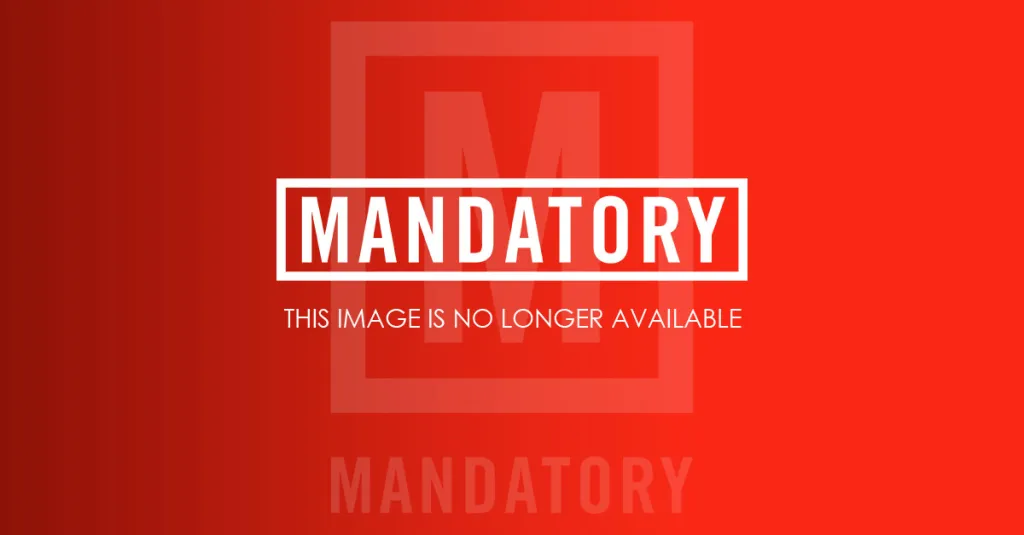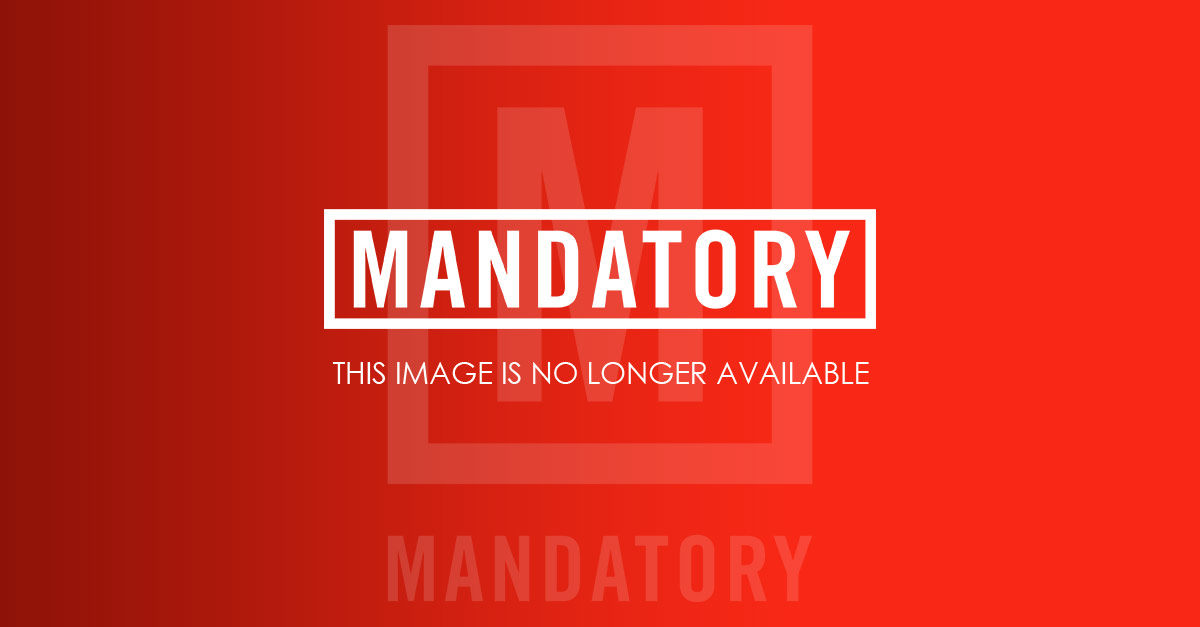[Editor’s Note: The following review contains some spoilers for the remake of a 26-year-old classic based on a centuries-old fairy tale.]
Normally it would be hard to complain about a remake of a story that is, by the film’s own admission, “as old as time,” but Disney’s new live-action version of Beauty and the Beast makes it a lot easier. The original animated musical was propelled by beautiful animation, rich characters and fairy tale simplicity. The live-action version suffers from awkward animation, confusing characters and distracting plot complications. The new Beauty and the Beast takes the skeleton of someone you loved, bedazzles it beyond reason and adds an honest-to-goodness teleporter. No, really.
It’s not great storytelling, but it starts so well. Bill Condon’s realization of a small town in France – full of daffy busybodies with nothing better to do than sing about Belle (Emma Watson), the local bookworm – is a picture book come to life. The cast is handsome and beautifully costumed and they seem well-fitted to their roles as the pieces come together. Gaston (Luke Evans), the local hero, wants Belle to marry him. She wants no part of it, and one night her father Maurice (Kevin Kline) doesn’t come home from market.
And why? Because he’s been apprehended by The Beast (Dan Stevens), a vain prince transformed into a monster by an enchantress, who must convince Belle to love him in order to lift that curse. Bill Condon adds a ghoulish little prologue that treats The Beast’s origins like an Edgar Allan Poe story, setting the stage for something dark and magical, but once the creature starts tromping around like an actual part of the story the flaws in Beauty and the Beast become difficult to ignore. That darkness transforms into mere gloominess, and the magic sinks into underlit and awkward CGI.

Walt Disney
The Beast is a flawed creation, but not in the sense that the original tale intended. His form, once monstrous and feral, is now merely tall and goatlike. His face always appears to have been projected onto his head, instead of emerging naturally from his features. Even then he’s distractingly good-looking, if slightly furry. Dan Stevens contributes a strong vocal performance but without an appearance that evokes genuine monstrousness – which was the whole point if you stop and think about it – the only reason Belle has to reject him is his emotionally abusive behavior, and that’s not the kind of thing you want to be focusing on in a fairy tale musical for all ages.
Indeed, the focus is wildly off throughout Bill Condon’s Beauty and the Beast. The filmmakers seem to have highlighted a variety of little omissions from the original animated film – whatever happened to Belle’s mother, why the prince’s servants were cursed too, why Gaston’s sidekick Le Fou (Josh Gad) was such a loyal peon – and decided to fill the cracks in the story with those unanswered questions. The problem is that those questions mostly seem to have been better off unanswered.

Walt Disney
The mystery of Belle’s mother is a headscratcher, since once we learn what really happened we also learn there was no good reason for it to be a mystery in the first place. What’s more, the only way to solve that mystery was, apparently, to give The Beast a teleporter which could have solved a lot of plot problems but which is only used once. Even when The Beast tells Belle that there’s “no time to lose” he merely gives her a horse to ride off into town instead of teleporting her there immediately. It’s a device that solves one problem that didn’t need solving and breaks the whole rest of the film in the process.
And why were the servants cursed by the enchantress too? The implication was always political, that the people of a nation are to be held accountable for the flaws of the individuals they allow to lead them. But instead we find out that the enchantress had merely decided to blame them for not raising the prince better, even though that wasn’t their job. Besides, if the enchantress does hold other people accountable for The Beast’s behavior, then turning him into a monster in the first place becomes little more than a callous exercise in blaming the victim.

Walt Disney
Poor Le Fou, by the way. He’s Disney’s first openly gay character – or at least, NOW he is – and he’s played with aplomb by Josh Gad, but the first half of Beauty and the Beast treats him as a mincing proprietor of unwanted advances. The second half introduces a new storyline that sends Le Fou on a path to redemption, but instead of following that path to its logical conclusion – an actual confrontation with Gaston, the object of his affections, over Gaston’s moral failings – it simply lets Le Fou physically assault some other mean-spirited people instead. That was never the point of this new storyline, so although we can certainly appreciate the decision to give Le Fou more to do, we can also be disappointed that what he does do doesn’t make dramatic or thematic sense.
Beauty and the Beast may very well be the least of Disney’s recent live-action animation adaptations. It has no new perspective on the storyline, it simply adds more of it. The new musical numbers have little to no impact, perhaps best typified by “Evermore,” which The Beast sings as Belle flees the castle. The lyrics are mournful but the music is straight out of a power ballad, a tonal disconnect that might have worked if the film had any sense of irony. But good luck finding any.
We could go on like this. Certainly it’s easy to nitpick a film that went out of its way to include old lyrics about The Beast’s paws, but that didn’t bother to give this version of the character paws to sing about. But you don’t even have to nitpick, you can just point out all of the superfluous new frills that undermine this “tale as old as time” that worked perfectly well without them. Or you could argue that this cast (all them great) and the production and costume designers (who are clearly miracle workers) deserved better material. You know, like the material Disney already had.
21 Great American Remakes of Foreign Language Films:
Top Photo: Walt Disney
William Bibbiani (everyone calls him ‘Bibbs’) is Crave’s film content editor and critic. You can hear him every week on The B-Movies Podcast and Canceled Too Soon, and watch him on the weekly YouTube series What the Flick. Follow his rantings on Twitter at @WilliamBibbiani.
21 Great American Remakes of Foreign Language Films
-
The Departed (2006)

Martin Scorsese's acclaimed remake of the Andrew Lau and Alan Mao's 2002 Hong Kong thriller Infernal Affairs was the film that finally, after decades of snubbing, earned the master filmmaker an Academy Award for Best Director.
Photo: Warner Bros.
-
The Ring (2002)

Gore Verbinski's visually stunning remake of the Japanese supernatural thriller Ringu was a box office hit that spawned a long series of "J-Horror" American remakes.
Photo: Dreamworks
-
Insomnia (2002)

Robin Williams gave one of his best performances as a serial killer tormenting Al Pacino's sleep deprived detective in Christopher Nolan's remake of the 1997 Norwegian thriller, also called Insomnia.
Photo: Warner Bros.
-
Unfaithful (2002)

Adrian Lyne's impossibly sexy infidelity thriller Unfaithful was based on Claude Chabrol's 1969 thriller La Femme infidèle ("The Unfaithful Wife").
Photo: 20th Century Fox
-
The Talented Mr. Ripley (1999)

Anthony Minghella's Oscar-nominated adaptation of Patricia Highsmith's novel, about a con artist who takes over the life of a man he seemingly idolizes, was also a remake of René Clément's 1960 Franco/Italian production, Purple Noon.
Photo: Miramax
-
The Birdcage (1996)

Another Robin Williams classic, in which the comedian plays a gay nightclub owner who pretends to be straight for his son's conservative politician future in-laws. Mike Nichols' hit comedy was a remake of the 1978 Franco-Italian comedy La Cage aux Folles.
Photo: United Artists
-
The Mirror Has Two Faces (1996)

Barbra Streisand remade the 1958 French drama Le Miroir à deux faces into a witty and award-winning romance, starring Streisand herself as a woman whose sexy makeover threatens to ruin her marriage to a man who loves her for her mind.
Photo: TriStar Pictures
-
12 Monkeys (1995)

Terry Gilliam's twisted, twisting and utterly delirious time travel thriller was a remake of Chris Marker's classic experimental sci-fi short from 1962, La Jetée.
Photo: Universal Pictures
-
A Walk in the Clouds (1995)

Keanu Reeves plays a married man who agrees to impersonate a pregnant woman's husband in Alfonso Arau's gorgeous, wistful, romantic remake of the 1942 Italian dramedy Four Steps in the Clouds.
Photo: 20th Century Fox
-
Scent of a Woman (1992)

Al Pacino finally got his one and only Oscar for playing a blind, retired Army officer whose eccentricities make life difficult for his new, young assistant. It's a remake of Dino Risi's 1974 comedy Profumo di donna (which translates to "Scent of a Woman").
Photo: Universal Pictures
-
Beauty and the Beast (1991)

It's a tale as old as time, but Disney's adaptation of the classic fairy tale borrows so heavily from Jean Cocteau's influential 1946 French version La Belle et la Bête - from the house full of living objects to very existence of a rival love interest - that we're calling it: Disney's version is functionally, at least, a remake.
Photo: Walt Disney
-
Quick Change (1990)

Bill Murray stepped behind the camera for this hilarious cult comedy, about a team of successful bank robbers and the twists of fate that constantly prevent them from making a getaway. It's based on a Jay Cronley novel that was originally adapted into the French comedy Hold-Up in 1985, starring Jean-Paul Belmondo and Kim Cattrall.
Photo: Warner Bros.
-
Three Men and a Baby (1987)

The highest grossing film of 1987 was a remake of the 1985 French comedy Trois hommes et un couffin ("Three Men and a Cradle"), about a trio of bachelors who wind up taking care of an infant. Leonard Nimoy, Star Trek's "Mr. Spock," directed the American version.
Photo: Buena Vista Pictures
-
Victor/Victoria (1982)

Blake Edwards' Oscar-winning musical-comedy stars Julie Andrews as a woman pretending to be a male female-impersonator. It was a remake of the 1933 German musical comedy Viktor und Viktoria.
Photo: MGM/UA
-
Sorcerer (1977)

It took a while for William Friedkin's remake of Henri-Georges Clouzot's The Wages of Fear to be considered a classic in its own right. Like the 1953 Franco-Italian original, it's a suspenseful tale about a group of desperate men driving trucks full of nitroglycerin over treacherous terrain.
Photo: Universal Pictures
-
The Last House on the Left (1972)

Wes Craven's first horror thriller was a trailblazing and violent revenge story that impressed American audiences and set the stage for Craven's future classics like The Hills Have Eyes and A Nightmare on Elm Street. It's also a remake of Ingmar Bergman's 1960 Swedish classic The Virgin Spring.
Photo: Hallmark Releasing
-
The Parent Trap (1961)

Everyone knows the story of two identical twins, separated at birth, who scheme to reunite their divorced parents. But before Disney got around to making The Parent Trap the story had already been turned into a feature film three times. The first was a 1950 West German comedy called Das doppelte Lottchen ("Two Times Lotte").
Photo: Walt Disney
-
The Magnificent Seven (1960)

The all-star western blockbuster The Magnificent Seven was an ambitious remake of the groundbreaking Japanese action-drama Seven Samurai, directed by Akira Kurosawa in 1954. (The latest American remake, starring Denzel Washington, is pretty good too.)
Photo: United Artists
-
Some Like It Hot (1959)

Billy Wilder's cross-dressing comedy is frequently hailed as one of the funniest comedies ever made, if not THE funniest comedy ever made. The film was a remake of Richard Pottier's 1935 French comedy Fanfare d'amour ("Fanfare of Love").
Photo: United Artists
-
Scarlet Street (1945)

Fritz Lang's tense and disturbing film noir Scarlet Street stars Edward G. Robinson as a mild-mannered painter who gets scammed by his would-be mistress. It's a remake of the 1931 drama La Chienne ("The Bitch"), directed by Jean Renoir.
Photo: Universal Pictures
-
Top Hat (1935)

The legendary Fred Astaire and Ginger Rogers dance their hearts out in Top Hat, one of the most celebrated movies ever made. But before that the story had already been told in Skandal in Budapest, a German comedy from 1933.
Photo: RKO Radio Pictures






